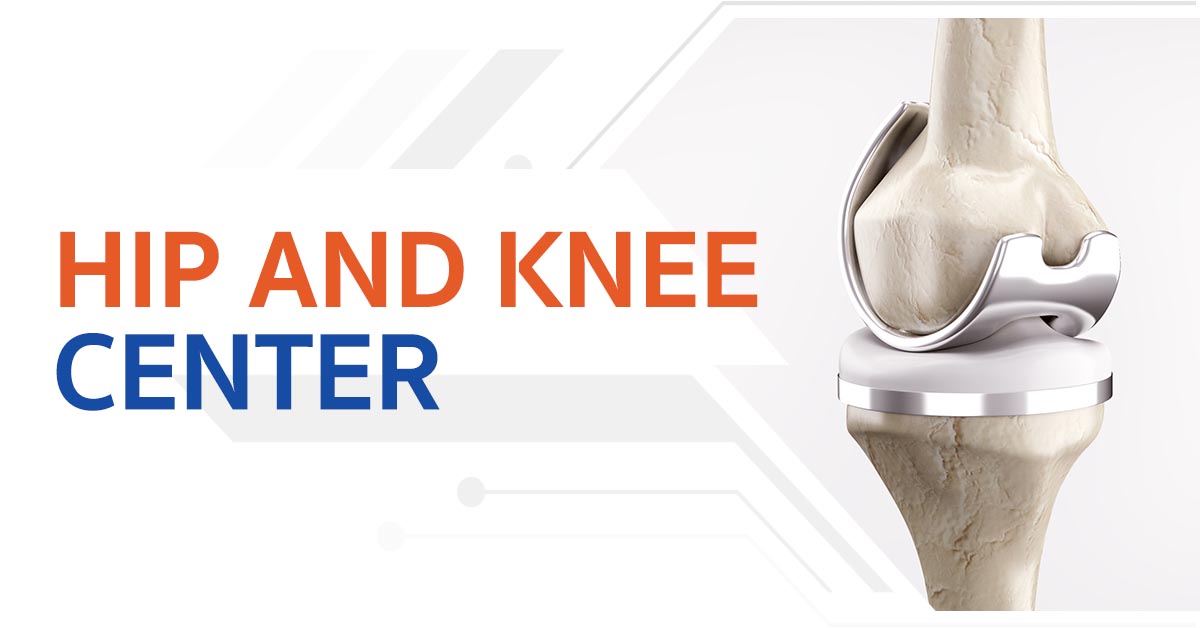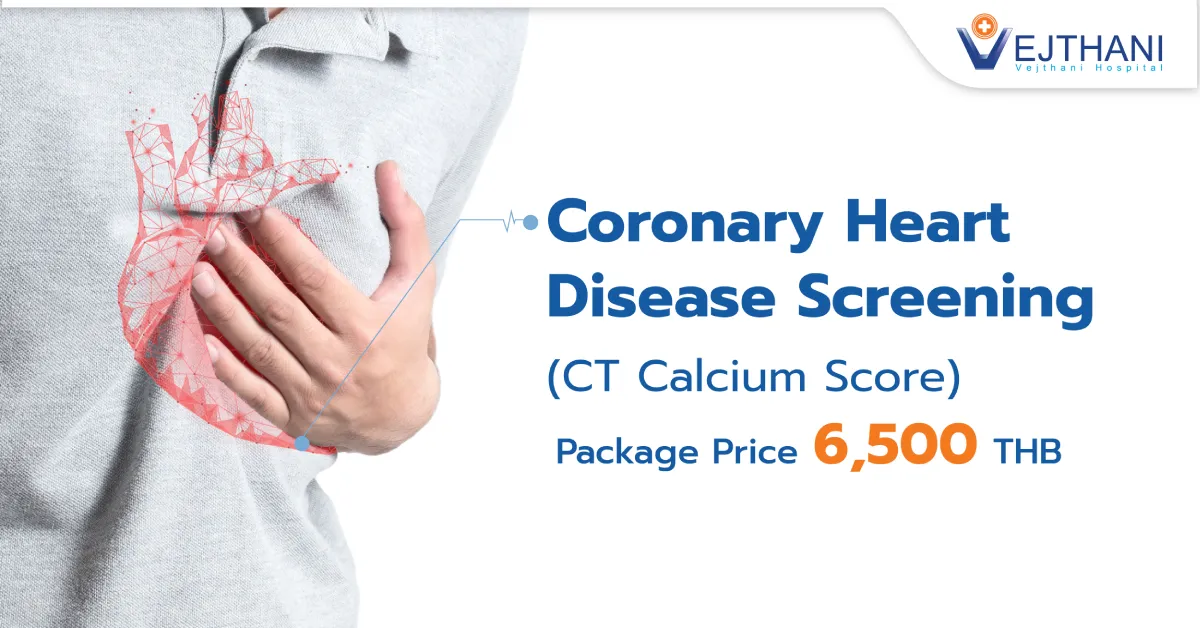
Dressler syndrome
Diagnosis
A doctor performs a comprehensive physical examination, which includes using a stethoscope to listen to the heart. When fluid builds up around the heart or the pericardium becomes irritated, a sound known as a pericardial rub may develop.
The following tests can be used to diagnose Dressler syndrome:
- Blood tests to measure inflammation. Dressler syndrome inflammation may be indicated by elevated C-reactive protein and increased erythrocyte sedimentation rate (sed rate).
- Complete blood count. The majority of individuals with Dressler syndrome have higher white blood cell counts.
- Electrocardiogram (ECG or EKG). Through skin-attached wires, this quick and painless examination monitors electrical signals in the heart. There may be pressure on the heart indicated by specific alterations in the electrical signals. However, these alterations may persist following cardiac surgery, thus additional test findings are required to diagnose Dressler syndrome.
- Chest X-ray. An X-ray of the chest can be used to find fluid around the heart or lungs. It can also assist in ruling out other possible reasons for the fluid, like pneumonia.
- Echocardiogram. The image of the heart created by sound waves can reveal whether fluid is accumulating around it.
Cardiac Magnetic Resonance Imaging (MRI). This test projects images of the heart’s blood flow, either stationary or moving, using sound waves. Pericardial thickening may be seen with this test.
Treatment
The primary goals of treating Dressler syndrome are to manage pain and reduce inflammation. Treatment typically involves the use of medications, and in more severe cases, surgical intervention may be considered as part of the therapeutic approach.
Medications
Medications that decrease inflammation, such as Nonsteroidal Anti-inflammatory Drugs (NSAIDs) like the following, are the primary treatment for Dressler syndrome:
- Aspirin
- Ibuprofen
- Colchicine
When Dressler syndrome occurs after a heart attack, aspirin is often considered a preferable choice over other NSAIDs (non-steroidal anti-inflammatory drugs). Another option is the administration of indomethacin. If these drugs do not produce the desired results, corticosteroids may be the next course of action. These potent immune system suppressants can help reduce inflammation associated with Dressler syndrome.
However, it’s important to note that corticosteroids come with the potential for significant side effects and can potentially hinder the healing process of injured cardiac tissue following a heart attack or surgery. Therefore, corticosteroids are typically reserved for use when other medications have proven ineffective.
Managing complications
When dealing with complications associated with Dressler syndrome, more intensive interventions may be necessary, such as:
- Fluid removal: In cases of cardiac tamponade, a medical procedure called pericardiocentesis is often performed. During this procedure, a needle or a small catheter is employed to eliminate excess fluid. Typically, this procedure is carried out with the administration of a local anesthetic.
- Pericardium removal: In situations involving constrictive pericarditis, the treatment may entail a surgical procedure known as pericardiectomy. This surgery involves the removal of the pericardium to alleviate the constriction and associated complications.























